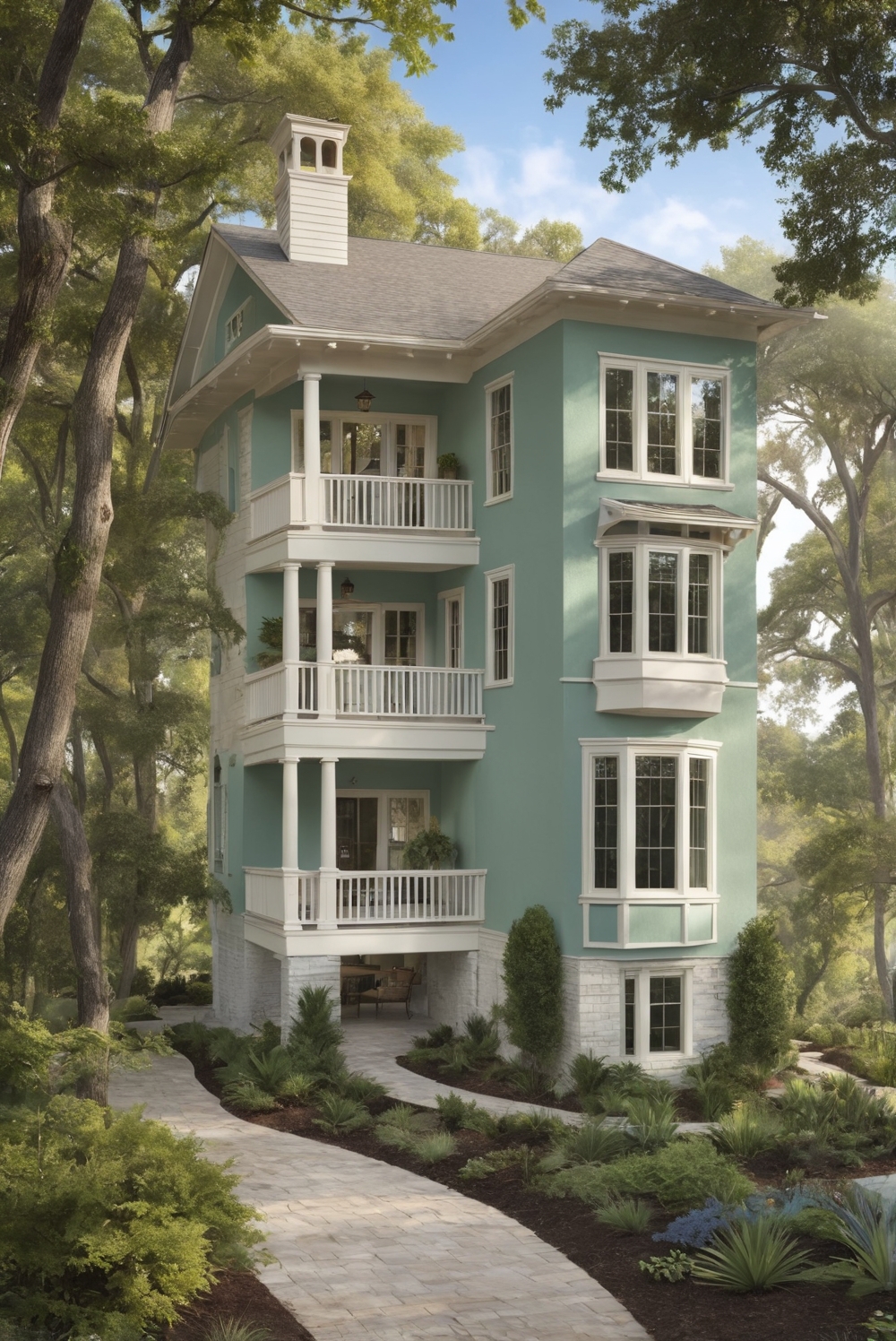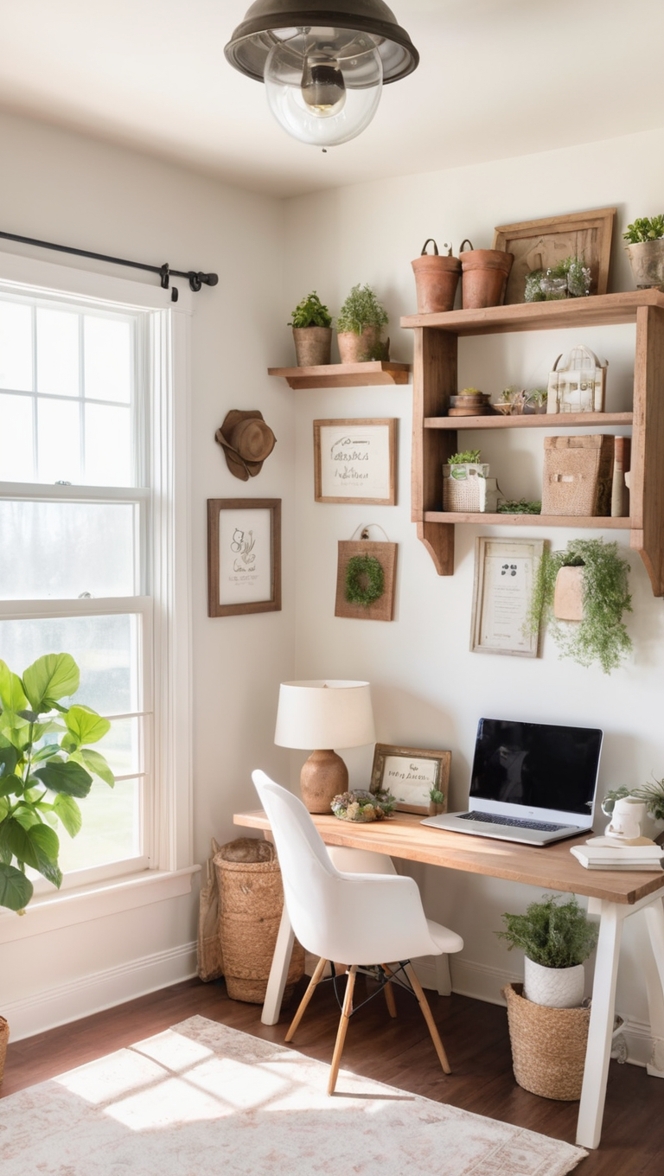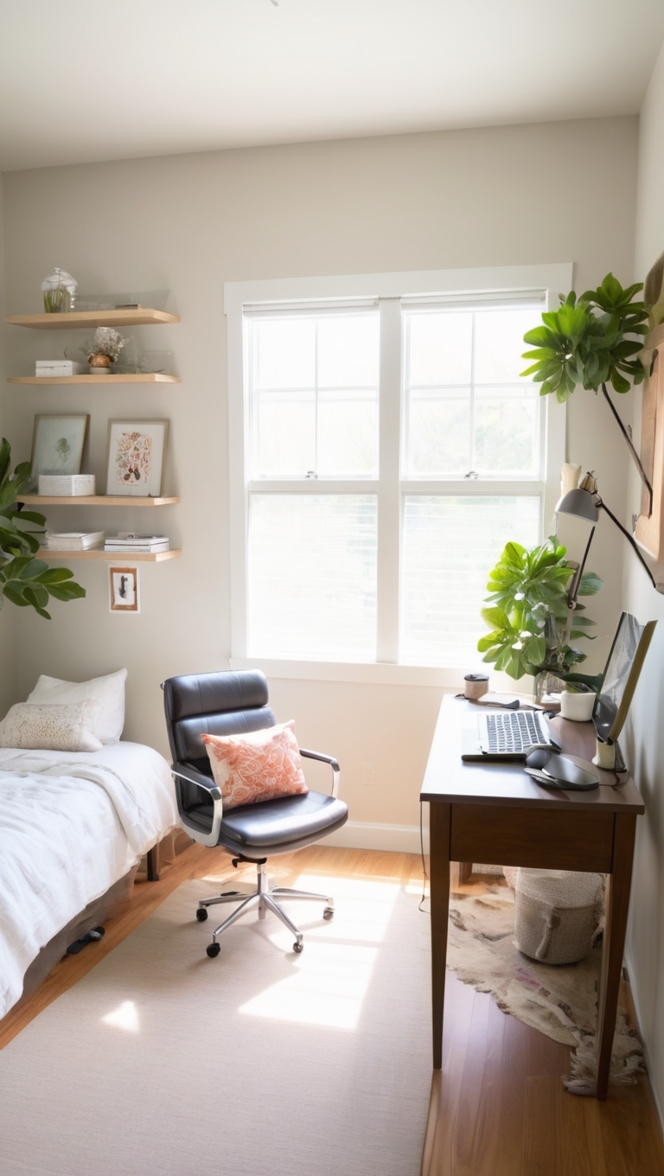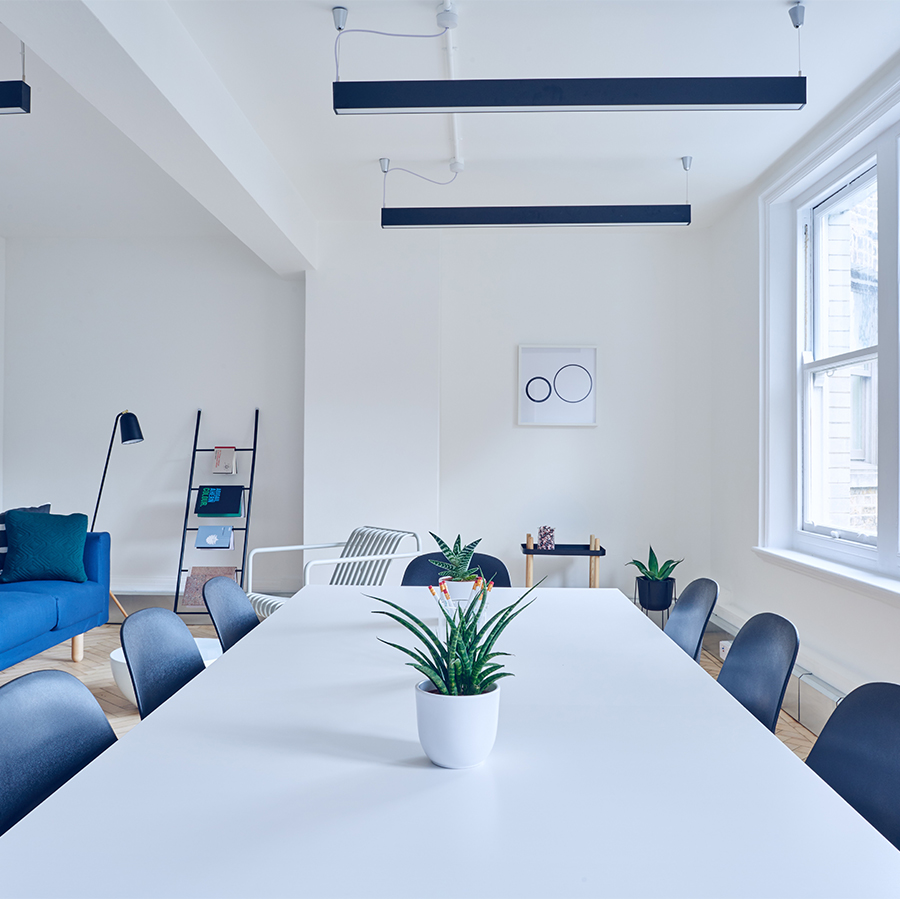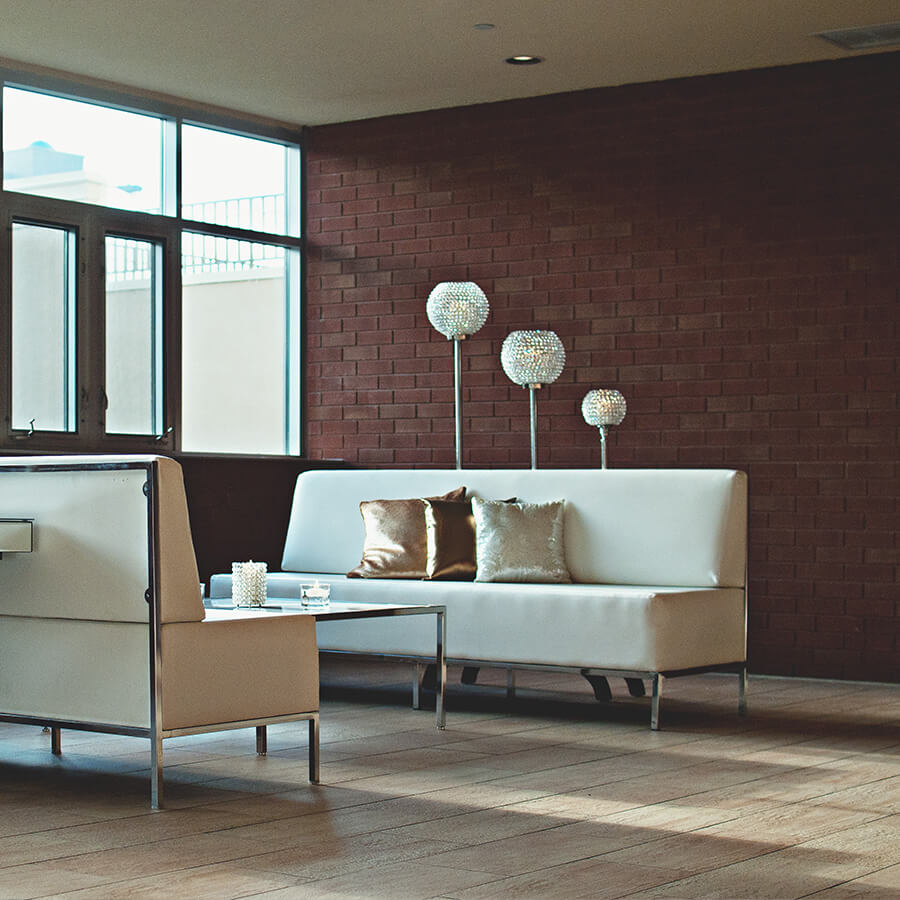Dive into the world of creating stunning landscapes with lush greenery and vibrant blue accents. Learn how to elevate your outdoor spaces with a harmonious color combination.
To create stunning landscapes with green and blue accents, start by selecting a color scheme that includes shades of green and blue. This can create a sense of harmony and tranquility in your outdoor space. Incorporate greenery through plants, trees, and shrubs, while adding blue accents with flowers, decor pieces, or water features. Consider using stones or pebbles in these colors for pathways or borders. Ensure proper balance and proportion in your design to create a visually appealing landscape. Additionally, pay attention to lighting to highlight key elements at different times of the day. With careful planning and execution, you can achieve a beautiful outdoor space that evokes a sense of calm and serenity.
When designing landscaping for curb appeal, it’s essential to consider the following key elements:
1. **Plant Selection:** Choose a variety of plants that are well-suited to your region’s climate and soil conditions. Incorporate a mix of trees, shrubs, flowers, and ground cover to add depth and visual interest to your landscaping.
2. **Color Scheme:** Select a color palette that complements your home’s exterior. Green and blue accents can create a soothing and harmonious atmosphere, while pops of vibrant colors like red or yellow can add a touch of drama.
3. **Texture and Layers:** Create visual interest by incorporating plants with different textures, heights, and forms. Use layering to add depth to your landscaping design, with taller plants in the back and shorter plants in the front.
4. **Maintenance and Sustainability:** Opt for low-maintenance plants that require minimal care and watering. Consider using native plants that are well-adapted to your area’s climate and require less water and upkeep.
5. **Hardscaping Elements:** Include hardscaping features such as pathways, retaining walls, and decorative stones to enhance the overall design. These elements can provide structure and definition to your landscaping while also adding functionality.
Incorporating color into your landscaping design can enhance curb appeal in the following ways:
1. **Plant Selection:** Choose plants with colorful foliage or flowers to add pops of color to your landscaping. Consider using plants with green and blue hues for a cohesive and tranquil look.
2. **Seasonal Variation:** Select plants that bloom at different times of the year to ensure year-round color in your landscaping. Plan for a mix of spring, summer, and fall blooms to keep your outdoor space vibrant and colorful.
3. **Container Gardens:** Use colorful containers or pots to display vibrant flowers or foliage near your home’s entrance. Container gardens are a flexible option that allows you to easily change the color scheme based on the season or your preferences.
4. **Color Blocking:** Arrange plants in groupings based on their colors to create impact and visual interest. Consider creating color-themed beds or borders to showcase your favorite hues.
When looking for low-maintenance landscaping options that still elevate curb appeal, consider the following ideas:
1. **Drought-Tolerant Plants:** Choose plants that are well-suited to your region’s climate and require minimal watering once established. Succulents, ornamental grasses, and native plants are excellent options for low-maintenance landscaping.
2. **Mulch and Ground Cover:** Use mulch and ground cover plants to suppress weeds, retain moisture, and add visual interest to your landscaping. Mulch also helps maintain soil temperature and reduce water evaporation.
3. **Perennials:** Incorporate perennial plants that come back year after year with minimal care. Select low-maintenance perennials such as lavender, daylilies, and black-eyed Susans for long-lasting color and beauty.
4. **Rock Gardens:** Create a rock garden with drought-tolerant plants and succulents for a low-maintenance landscaping option. Rocks can also add texture and visual appeal to your outdoor space.
To improve your home’s curb appeal with container gardens or potted plants, consider the following tips:
1. **Placement:** Position containers strategically near your home’s entrance, patio, or windows to create focal points and draw attention. Group containers in clusters for a cohesive and polished look.
2. **Selection:** Choose a variety of plants with different colors, heights, and textures for visual interest. Mix flowering plants, foliage plants, and ornamental grasses to create dynamic and vibrant displays.
3. **Maintenance:** Water and fertilize your container gardens regularly to keep plants healthy and thriving. Deadhead flowers, prune overgrown plants, and replace tired-looking plants as needed to maintain a fresh and appealing look.
4. **Seasonal Rotation:** Change out plants in containers based on the season to keep your outdoor space looking fresh and inviting. Consider using seasonal flowers, foliage plants, or holiday-themed decorations to add festive flair.
Incorporating trees and shrubs into your curb appeal landscaping design offers the following benefits:
1. **Visual Interest:** Trees and shrubs add height, structure, and texture to your landscaping, creating a dynamic and visually appealing outdoor space. Use trees as focal points or shade providers, and shrubs for borders, hedges, or ground cover.
2. **Privacy and Screening:** Plant trees and shrubs strategically to create privacy screens or windbreaks around your property. Evergreen trees and dense shrubs can offer year-round screening and enhance your outdoor living experience.
3. **Wildlife Habitat:** Trees and shrubs provide food, shelter, and nesting sites for birds, butterflies, and other wildlife. Select native plants to attract beneficial pollinators and create a thriving ecosystem in your backyard.
4. **Energy Efficiency:** Planting trees strategically can help reduce energy costs by providing shade in the summer and blocking cold winds in the winter. Deciduous trees can offer shade in the summer while allowing sunlight to warm your home in the winter.
Hardscaping elements such as pathways and retaining walls can enhance curb appeal in the following ways:
1. **Functional Design:** Use pathways to guide visitors to your home’s entrance or create a seamless flow between outdoor spaces. Incorporate retaining walls to level sloping terrain, create garden beds, or define outdoor living areas.
2. **Materials and Textures:** Select hardscaping materials that complement your home’s architecture and landscaping. Choose natural stone, pavers, bricks, or concrete for pathways, patios, and walls that add texture and visual appeal to your outdoor space.
3. **Lighting and Accents:** Install outdoor lighting along pathways, stairs, and walls to enhance safety and highlight key features in your landscaping. Consider adding accents like decorative edging, planters, or seating walls to add interest and functionality to your hardscaping design.
4. **Water Features:** Incorporate water features like fountains, ponds, or waterfalls into your hardscaping design to create a focal point and enhance the overall aesthetic of your outdoor space. Water features can add a soothing element and attract wildlife to your landscaping.
To ensure your landscaping design is cohesive and aesthetically pleasing for maximum curb appeal, follow these steps:
1. **Create a Plan:** Start by establishing a clear vision for your landscaping design, taking into account your home’s architecture, color scheme, and outdoor space. Consider your personal preferences, budget, and maintenance requirements when developing a plan.
2. **Balance and Symmetry:** Achieve balance and symmetry in your landscaping by arranging plants, hardscaping elements, and focal points in a harmonious way. Use symmetry to create a sense of order and cohesion in your outdoor space.
3. **Color and Texture:** Incorporate a variety of colors and textures in your landscaping design to add depth and visual interest. Use repetition and contrast to create a cohesive and coordinated look that ties all elements together.
4. **Scale and Proportion:** Consider the scale and proportion of plants and hardscaping elements to ensure they fit seamlessly within your outdoor space. Use larger plants or features as focal points and smaller plants for borders and accents.
5. **Seasonal Maintenance:** Plan for seasonal maintenance tasks such as pruning, watering, fertilizing, and mulching to keep your landscaping looking its best year-round. Regular care and upkeep are essential for maintaining curb appeal and preserving the health of your plants.
Create Stunning Landscapes with Green and Blue Accents
Incorporating green and blue accents into your landscaping design can create a serene and tranquil outdoor oasis. These calming colors evoke feelings of nature, serenity, and balance, making them ideal choices for enhancing curb appeal. By following the key elements mentioned above and focusing on green and blue hues, you can create stunning landscapes that will impress visitors and elevate your home’s exterior.
Start by selecting a variety of plants with green foliage and blue flowers or foliage to establish a cohesive color scheme. Mix shades of green, from dark evergreens to bright chartreuses, to add depth and vibrancy to your landscaping. Intersperse blue flowering plants like hydrangeas, salvias, or lobelias to create focal points and pops of color throughout your outdoor space.
Incorporate different textures and forms of plants to add visual interest and create a dynamic landscape. Combine grasses, succulents, shrubs, and trees with green and blue accents to create a harmonious and balanced composition. Use layering and grouping to create depth and dimension in your landscaping, with taller plants in the back and lower plants in the front for a dynamic look.
Enhance your green and blue landscape with hardscaping elements such as pathways, walls, and decorative features. Use natural stone, gravel, or pavers in shades of green and blue to complement your plantings and tie the design together. Add water features like fountains or ponds to enhance the tranquil ambiance and create a soothing focal point in your outdoor space.
To maximize the impact of green and blue accents in your landscaping design, consider the following tips:
– **Create Color Blocks:** Arrange plants in clusters or beds based on their green and blue colors to create impact and visual interest. Consider alternating shades of green and blue for a cohesive and coordinated look.
– **Use Contrasting Colors:** Pair green and blue hues with complementary colors like white, yellow, or purple to create a vibrant and eye-catching display. Incorporate flowering plants in contrasting colors to add drama and excitement to your landscape.
– **Seasonal Enhancements:** Rotate plants or containers with seasonal flowers or foliage to keep your outdoor space looking fresh and inviting throughout the year. Update your green and blue accents with seasonal blooms or decorations to reflect the changing seasons.
By following these tips and incorporating green and blue accents into your landscaping design, you can create stunning outdoor spaces that will enhance your home’s curb appeal and create a welcoming and harmonious atmosphere. With careful planning, thoughtful selection of plants, and attention to detail, you can transform your outdoor space into a beautiful and serene retreat that you’ll enjoy for years to come.

